Micro-breweries battle for space in growing Swiss beer market
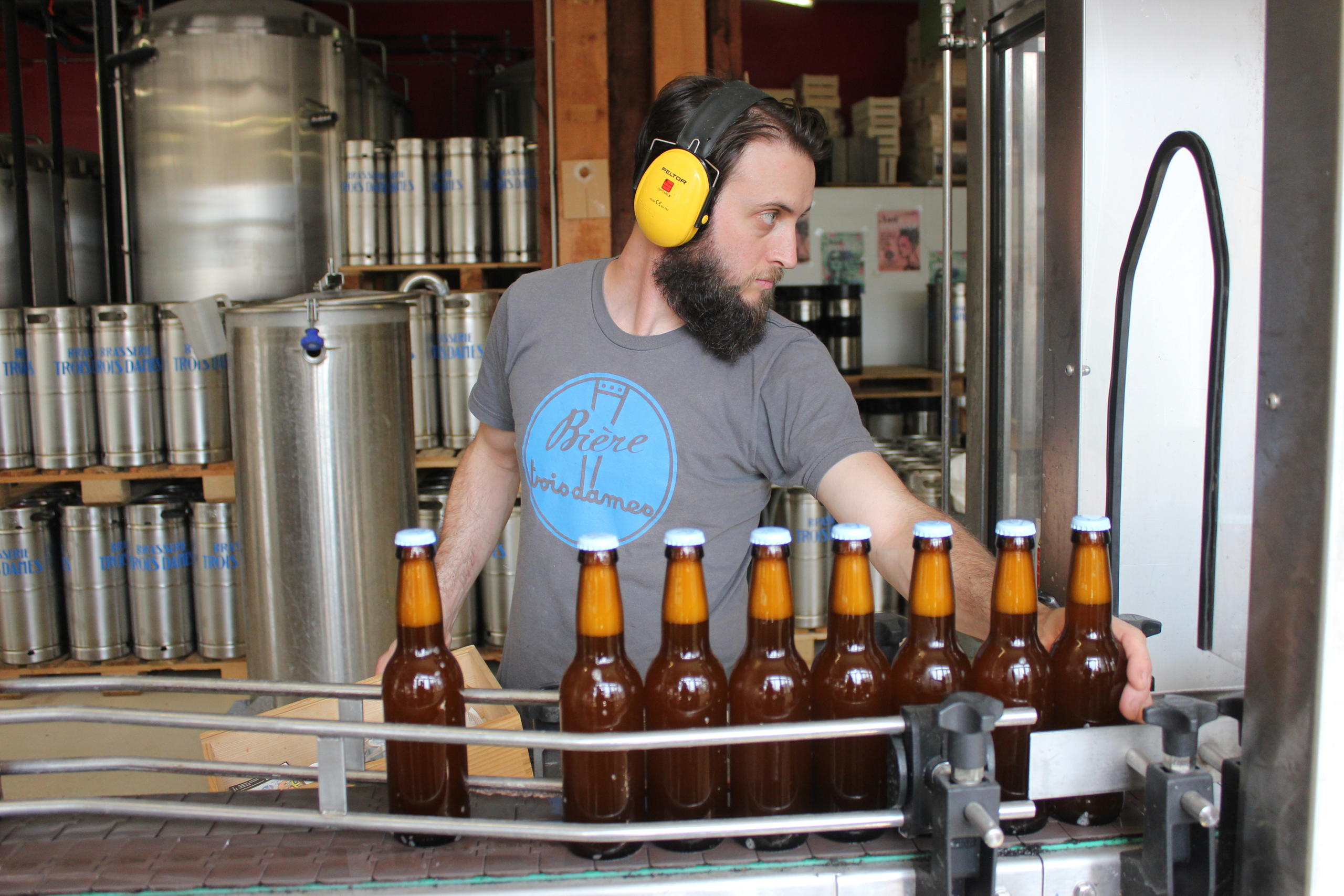
As beer consumption in Switzerland decreases, the country’s love of beer is driving an explosion of local craft beer brewers. Now home to more than 1,000 breweries, is there a risk of market saturation?
It is a little-known fact, but Switzerland holds an unusual world record; that of having the most breweries per capita.
At the end of last year, it was home to 1,021 active beer producers putting it ahead of countries like the Czech Republic, Germany, Belgium, Austria or Canada which have long-standing reputations for brewing the amber liquid.
Between 1935 and 1991, the Swiss market was based on a number of regional conventions, also known as ‘beer cartel‘.
The dissolution of the state-backed cartel led to the dominating market of two giant groups: Carlsberg (Feldschlösschen, Cardinal, Gurten, Bière Valaisanne, Warteck, Löwenbräu, Hürlimann) and Heineken (Heineken, Eichhof, Ziegelhof, Calanda, Haldengut, Ittinger). Together they hold about 70% of the market.
Regional breweries, mainly in German-speaking Switzerland, share about 25% of the local beer market. Micro-breweries account for 2% to 3%.
The industry’s growth over the last 20 years has boomed. In 2000, there were just 81 registered breweries in Switzerland. From 2011, there has been a tripling of beer producers.
“This development gives us great pleasure because it helps to incite the interest of the population,” comments Marcel Kreber, director of the Swiss Brewers AssociationExternal link.
“The more than 1,000 breweries – large or small, professional or amateur – are all representatives of this thousand-year-old craft.”
Big v small
That said, Kreber cautions that the figures should be taken with a pinch of salt.
“As soon as a person brews more than 400 litres a year, they are subject to beer tax and are given official status as a brewer,” he says.
By international comparison, the threshold required to be registred as a brewer is extremely low in Switzerland. More than 700 Swiss brewers produce less than 2,000 litres a year, and 99% of Swiss beer is produced by around 50 brewers which produce more than 100,000 litres a year.
“If you count only brewers who manage to make half a salary or more from their business, we arrive at a maximum of 200 brewers in Switzerland,” notes Laurent Mousson, former vice president of the European Beer Consumers Union.
Diverse tastes
Be that as it may, the multiplication of regional and micro-breweries is a reality that is surely down to the evolution of tastes.
Many consumers prefer to drink less but better by seeking out diverse and locally brewed beers. They are also ready to pay a higher price for a more authentic flavour.
Two figures illustrate this trend: the average annual consumption of beer dropped from more than 70 litres per person during the 1990s to 55 litres today, a fact which places Switzerland outside of the top 35 beer drinking nations.
Although beer imports have slowed in recent years, local beer sales have been slowly rising.
Today, countless amateurs are beginning to brew craft beers. Numerous local specialities are appearing in bars, restaurants, at festivals or in fridges.
The result is that traditional lager no longer holds a monopoly over tastes as Swiss-made versions of English-style beers like IPA, pale ale or stout are appearing more frequently in the market.
Quantity does not equal quality
But the explosion of the offer does not necessarily equate with better quality brews.
“Each village – or almost – now has its micro-brewery, but more and more the quality leaves a lot to be desired,” says Dominique Javet, amateur brewer and connoisseur of the art.
“You don’t become a brewer overnight. A lot of people underestimate the savoir faire and the skills the business requires,” he adds.
These sorcerer’s apprentices sometimes damage local brewers, undermining the supposed superiority of artisanal specialties. As a consequence, the number of new breweries is expected to slow in the coming years.
“We are gently arriving at the upper limit. In Switzerland, we are drinking less and less alcoholic drinks, including beer. Consequently, the competition has certainly become stronger for breweries,” says Kreber.
Some brewers are feeling the full force of the competition; earlier this year Fribourg’s Brasserie du Chauve was forced to close its doors after less than three years in business.
“We had very strong competition, especially from private operators who launched and sold their beer locally,” founder Jann Poffet told local newspaper La Liberté. “As for the local restaurants, they prefer to purchase middle market products from the big brewing groups over the local Fribourg beer.”
Battle for market share
Taking the leap from amateur to professional is often a delicate step for craft beer makers.
Breaking into large distribution channels and thus being able to meet rising demand requires that they can also assure certain production volumes.
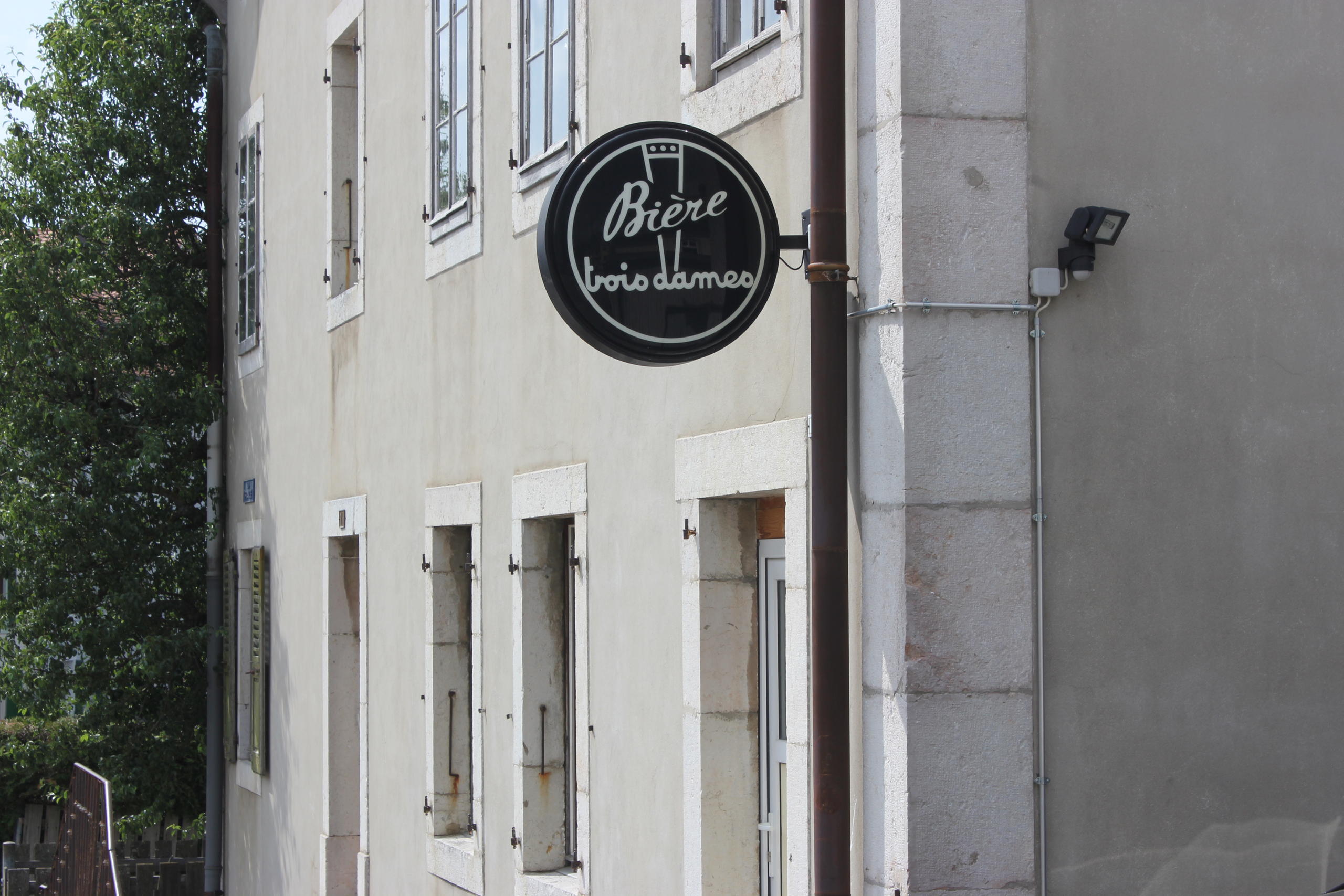
More
How the Three Ladies tickle the taste buds
But all too often, banks are reluctant to lend financing for investments needed to expand production.
Add to that the fierce battle raging between those trying to carve out a place for themselves in the sun. Despite having lost a little of its lustre in recent years, the Heineken-Carlsberg oligopoly still controls almost 70% of the market.
The two majors have locked up large numbers of points of sale through exclusive contacts which link bars and restaurants.
These businesses sacrifice their freedom to change beer suppliers in exchange for benefits such as free bars, fridges, beer taps, etc.
There are those among the new medium-sized players who are using the same methods.
Canton Vaud in western Switzerland (a region with a population of 800,000) boasts three regional breweries: Brasserie des Trois DamesExternal link, Dr.GabsExternal link and La NébuleuseExternal link.
‘Cool and anti-establishment’
“Dr.Gabs and La Nébuleuse have developed a bit of punch and do not hesitate to encroach on the land of the two giants by supplying complete ranges of beer and, for example, beer taps to their clients,” says Mousson.
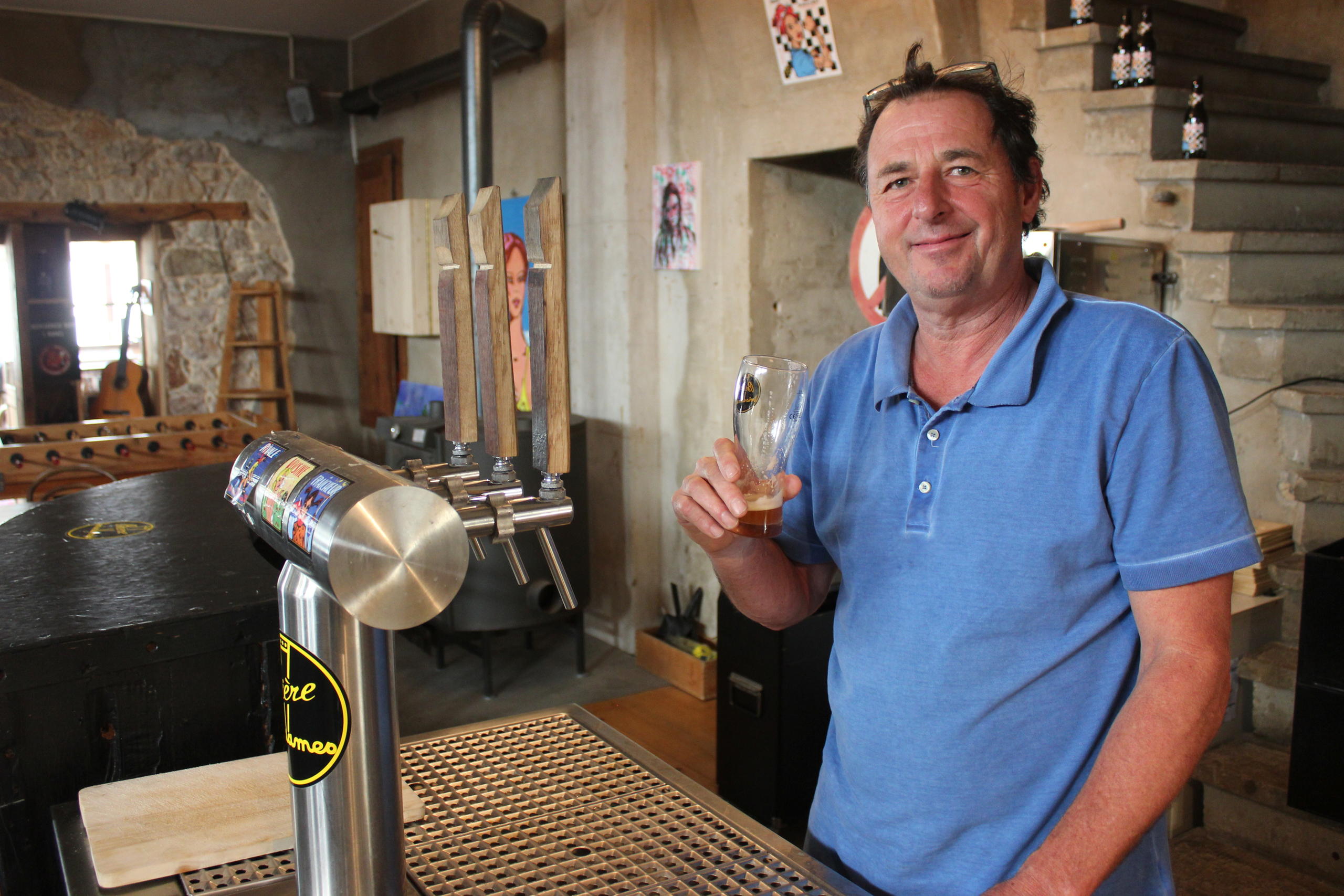
It’s a development that Raphaël Mettler, founder of the Brasserie des Trois Dames and a pioneer in manufacturing craft beers in French-speaking Switzerland, observes somewhat critically.
“They are participating in the system to buy access to the market. For our part, we have always emphasised the quality of our products, without worrying ourselves too much with marketing, the laws of the market or distribution channels,” he says.
Modelled on American craft beer, Mettler was drawn to the “cool and anti-establishment” aspect of the process when he began brewing beer in 2003.
“Today, things have changed, and I have to admit that I feel a certain fatigue faced with this development,” he comments.
There are more than 1,000 registered producers of beer in Switzerland.
The Swiss brewery industry makes an annual turnover of more than CHF1 billion ($1 billion).
Swiss breweries produced 3.66 million hectolitres of beer in 2018.
Exports accounted for only about 1.4% of the annual production.
The Swiss drink about 55 litres of beer on average per year. This compares with 140 litres per person on average in the Czech Republic, 108 litres in Austria and 106 litres in Germany.
Three out of four drunken beers are produced in Switzerland.
Lager is by far (82%) the most popular beer among Swiss consumers.
In 2018, craft beers increased their market share by 2% to 18%.
Translated from French by Sophie Douez/urs

In compliance with the JTI standards
More: SWI swissinfo.ch certified by the Journalism Trust Initiative








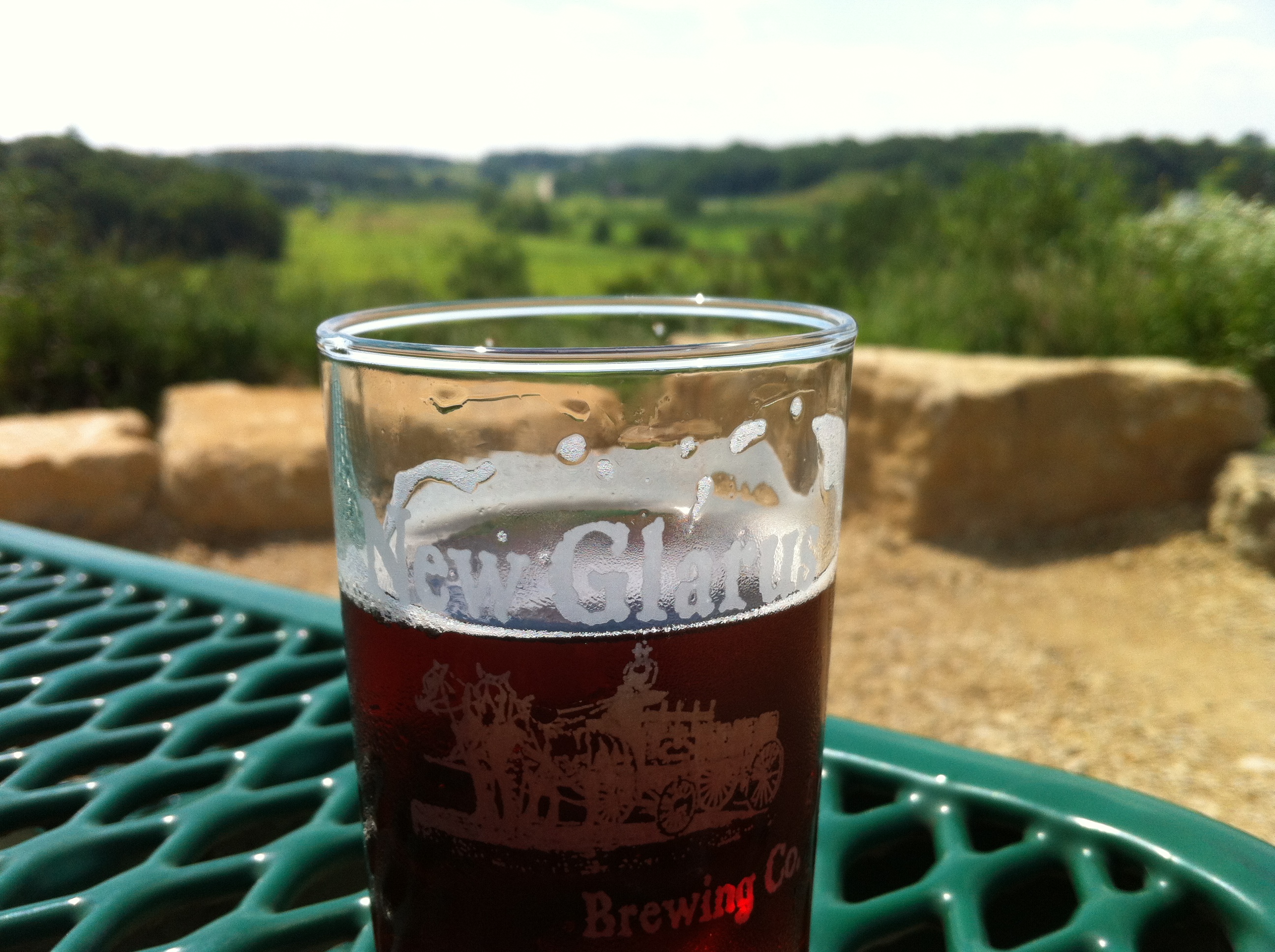



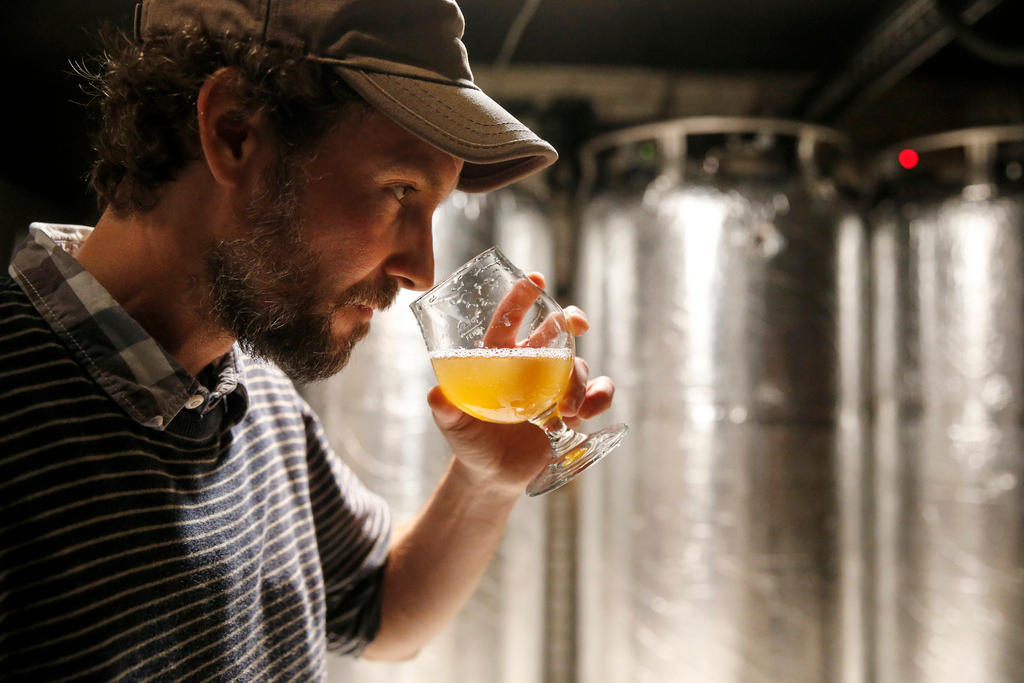


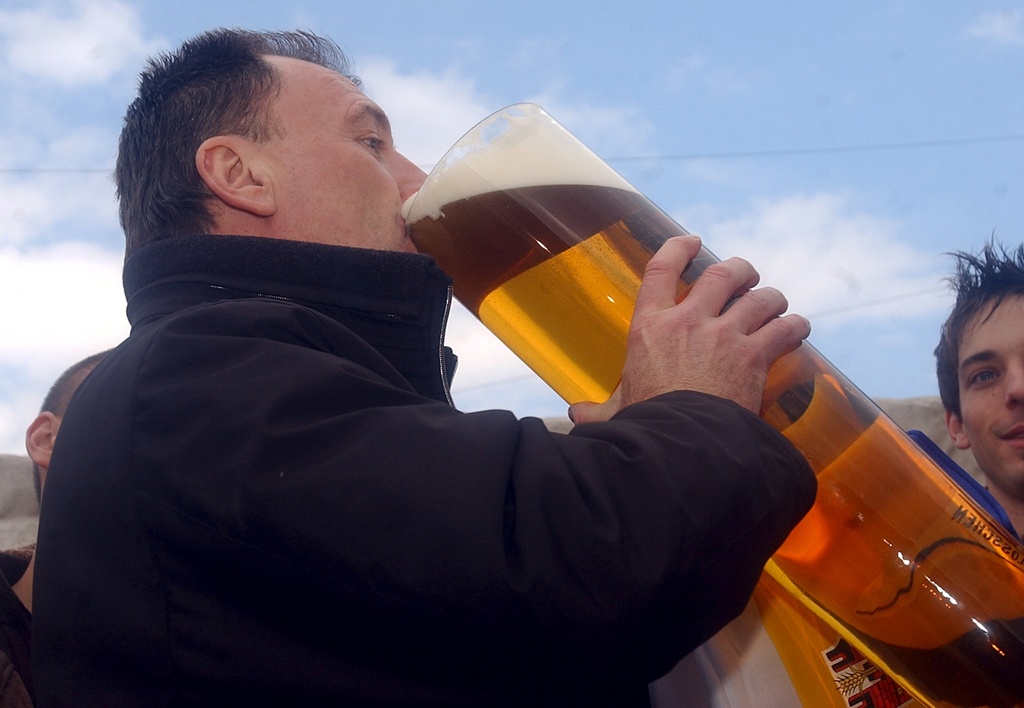
You can find an overview of ongoing debates with our journalists here . Please join us!
If you want to start a conversation about a topic raised in this article or want to report factual errors, email us at english@swissinfo.ch.